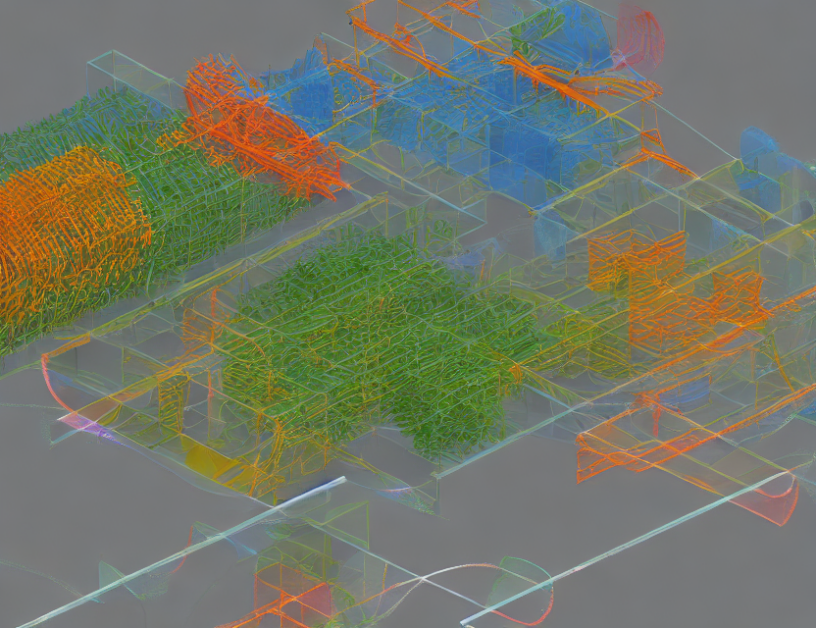High performance computing (HPC) is a field that deals with using computers to solve complex problems at an incredible speed. This article aims to provide a simplified introduction to HPC, breaking down the concepts into easy-to-understand terms. We will explore the different components of HPC systems and how they work together to achieve high performance.
Memory Hierarchy
In HPC, memory is a crucial component that affects performance. The memory hierarchy consists of levels, each with its own size and access time. Modifying memory is slower than reading it, so HPC algorithms often transfer data to the cache for modification before writing it back to main memory. Special instructions allow direct streaming to main memory without modifying the cache.
Roofline Performance Model
To simplify the understanding of HPC hardware, the Roofline performance model is used. It distinguishes between work (floating-point operations) and data transfers. The maximum performance that can be achieved on a given hardware is Ppeak, and the bandwidth of data transfers from main memory is bs. If all data fits into the cache level, the appropriate cache bandwidth is used instead.
Computational Intensity
Computational intensity is the ratio of floating-point operations to the volume of data transfers. It measures how much work can be done using a given amount of data transferred from main memory. By balancing computational intensity and data transfer rates, HPC algorithms can achieve high performance.
Proofline
The Proofline is the minimum between Ppeak and computational intensity Icbs. It represents the maximum performance that can be achieved by optimizing the balance between computational intensity and data transfer rates.
Conclusion
In conclusion, HPC is a complex field that deals with using computers to solve complex problems at incredible speeds. The memory hierarchy and Roofline performance model are crucial components of HPC systems. By understanding these concepts and balancing computational intensity and data transfer rates, HPC algorithms can achieve high performance. This summary has aimed to demystify complex HPC concepts by using everyday language and engaging metaphors or analogies to capture the essence of the article without oversimplifying.



